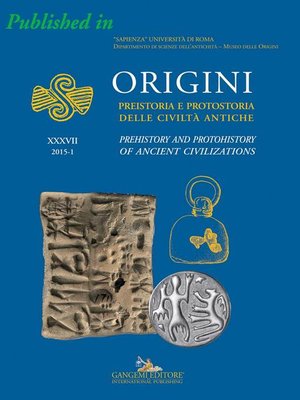Animal resources in the Late Uruk period food practices
ebook ∣ Published in Origini n. XXXVII/2015. Rivista annuale del Dipartimento di Scienze dell'Antichità – "Sapienza" Università di Roma | Preistoria e protostoria delle civiltà antiche – Prehistory and protohistory of ancient civilizations · Origini n. XXXVII--2015
By Rémi Berthon

Sign up to save your library
With an OverDrive account, you can save your favorite libraries for at-a-glance information about availability. Find out more about OverDrive accounts.
Find this title in Libby, the library reading app by OverDrive.



Search for a digital library with this title
Title found at these libraries:
| Library Name | Distance |
|---|---|
| Loading... |
A large part of consumed products in the proto-historic Near East was retrieved from animals. Most zooarchaeological analyses are based on the study of remains from animal skeletons (such as bones and teeth) and therefore reflect the consumption of meat and eventually marrow, fat and blood. The consumption of other animal products such as milk can be shown indirectly through the study of human skeletal remains and organic residue analysis on pottery in addition to the study of slaughtering age profiles of animals (Vigne, Helmer 2007; see also Rosenstock in this contribution).







